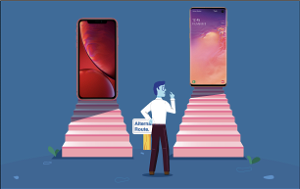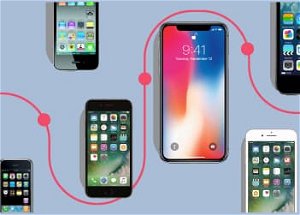The release of Android 5.0 Lollipop has had the internet and blogosphere buzzing with almost unanimous approval, and once you see it you’ll know why. It’s quite a leap forward from the now three year-old Kit Kat, and a bold leap indeed.
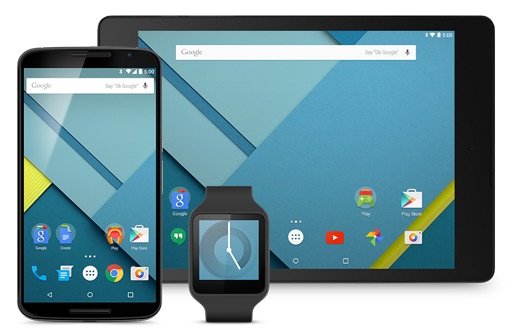 Lollipop is also the most important version yet released, as it most clearly executes Google’s vision of a more unified, consistent interface designed to be used throughout its entire ecosystem. And we’re not talking just phones, tablets and laptops, but cars, tvs, wearables, the whole sheebang. Android wants users to have a wonderful and consistent experience no matter what device they use.
Lollipop is also the most important version yet released, as it most clearly executes Google’s vision of a more unified, consistent interface designed to be used throughout its entire ecosystem. And we’re not talking just phones, tablets and laptops, but cars, tvs, wearables, the whole sheebang. Android wants users to have a wonderful and consistent experience no matter what device they use.
Here are some of the features and improvements you can look forward to enjoying as Lollipop continues rolling out across devices.
1. Material Design
Google has significantly overhauled its entire user interface, making it cleaner, flatter, and more intuitive by modeling the behavior of the UI after “paper and ink”. Using color, shadow and other tools, the new user interface removes clutter, puts important stuff at the forefront and creates a user experience that is genuinely intuitive, so much so that even a newbie to Android can find their way around in short order. Wherever you are on the screen, you know how you got there. For some great first impressions, check out Brad Molen's excellent comments at Engadget.
2. Notifications
Users will now have much more control over their notifications, including the ability to view and interact with notifications right on your lock screen, and customize which notifications you receive.
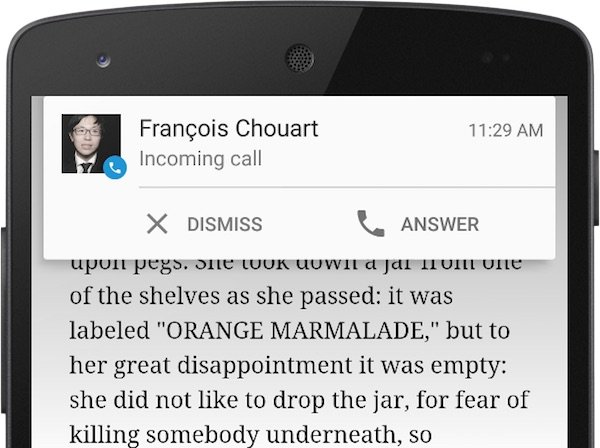 Notifications now appear in the center of your screen; no longer do you have to pull down a curtain to fully reveal a notification. Google has also added a Priority Mode which allows only alarms and calls from designated people to be displayed.
Notifications now appear in the center of your screen; no longer do you have to pull down a curtain to fully reveal a notification. Google has also added a Priority Mode which allows only alarms and calls from designated people to be displayed.
3. Guest Mode
Guest Mode allows you to hand your phone off to a friend if they want to check their email, make a call, etc., by creating a temporary and secure workspace that will erase itself when no longer needed.
4. Pin Apps
You can pin an app to the homescreen so that a child or friend cannot move away from that app into other areas of your phone or tablet.
5. Tap Screen to Wake (for supported phones)
This feature allows you to wake the device by just double-tapping the screen. While that may not seem like a big deal, it’s actually a very useful feature. Anyone who has used an LG G2 or G3 knows that tapping anywhere on the large surface area of the screen is much more convenient than having to find a dedicated button, especially in the dark or when you don’t know the orientation of the the phone.
6. Improved Battery
Google’s Project Volta was tasked with finding ways to improve battery life, and the results are featured in Lollipop. Actually, the benefits will be noticed more and more as developers make use of new tools that allow them to measure how their aps impact battery usage.
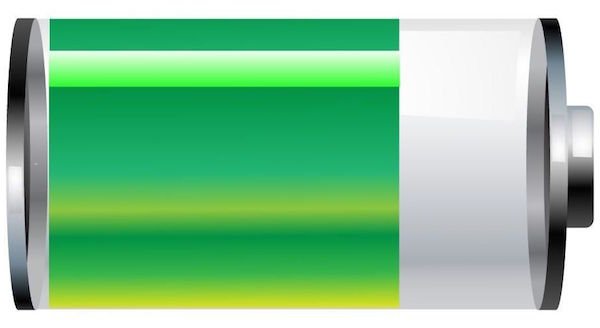 Lollipop also brings a battery saving mode that helps extend the life of your battery once it drops below a certain level. Users can adjust what that level is as well.
Lollipop also brings a battery saving mode that helps extend the life of your battery once it drops below a certain level. Users can adjust what that level is as well.
There is also a new battery stats screen which provides users with information on how much juice they have left.
7. Performance
Lollipop now runs applications in a new way, improving performance across the board. They have replaced their old Dalvik Virtual Machine with Android Runtime (ART). Say what? Translation: now, instead of apps being compiled as needed, they are compiled ahead of time, thus the performance boost.
To Summarize...It's Totally Worth Downloading
Overall, Lollipop is a huge step forward. It’s bold (dropping old platforms in favor of new ones), it’s powerful, and it’s full of color and subtle depth. They key is for it to make it to devices. Fragmentation continues to be a challenge for Google, i.e., so many Android devices are running so many different versions of it’s operating system. But that comes with the territory with an open operating system.
Hopefully, the combined popularity of Lollipop and the new tools provided to developers will converge and drive Lollipop onto more devices and more quickly that in the past.
Have you had a chance to use Lollipop yet? Let us know what you think in the comments below.








